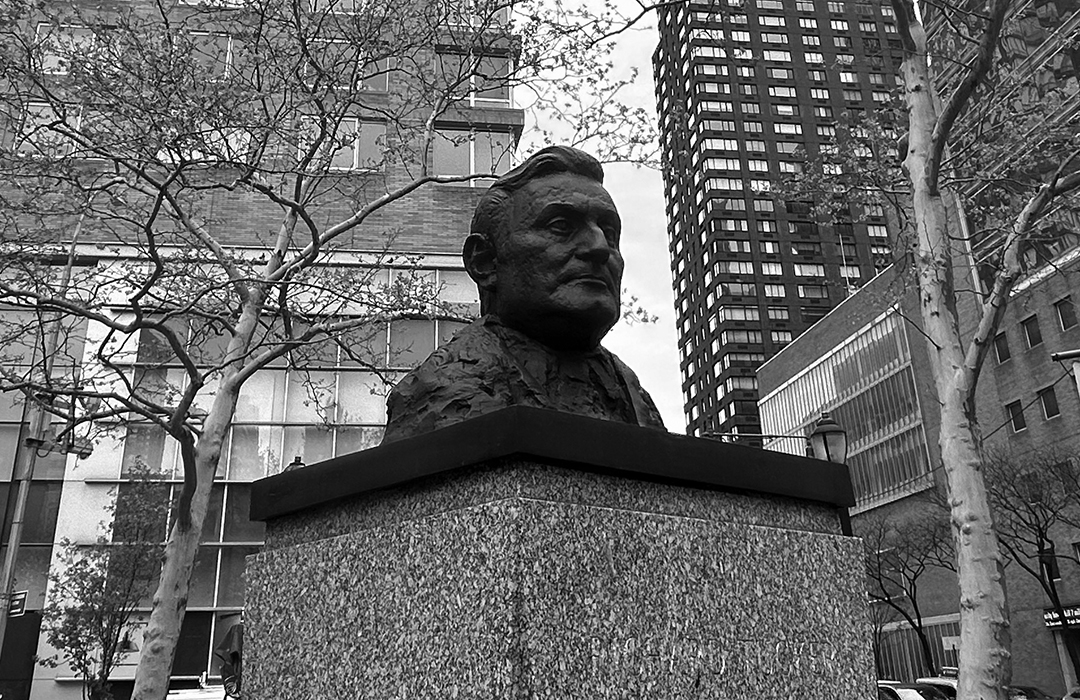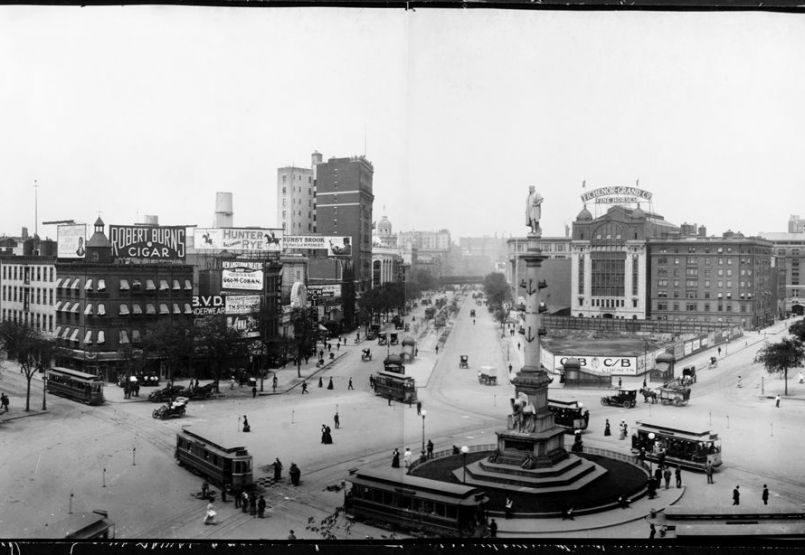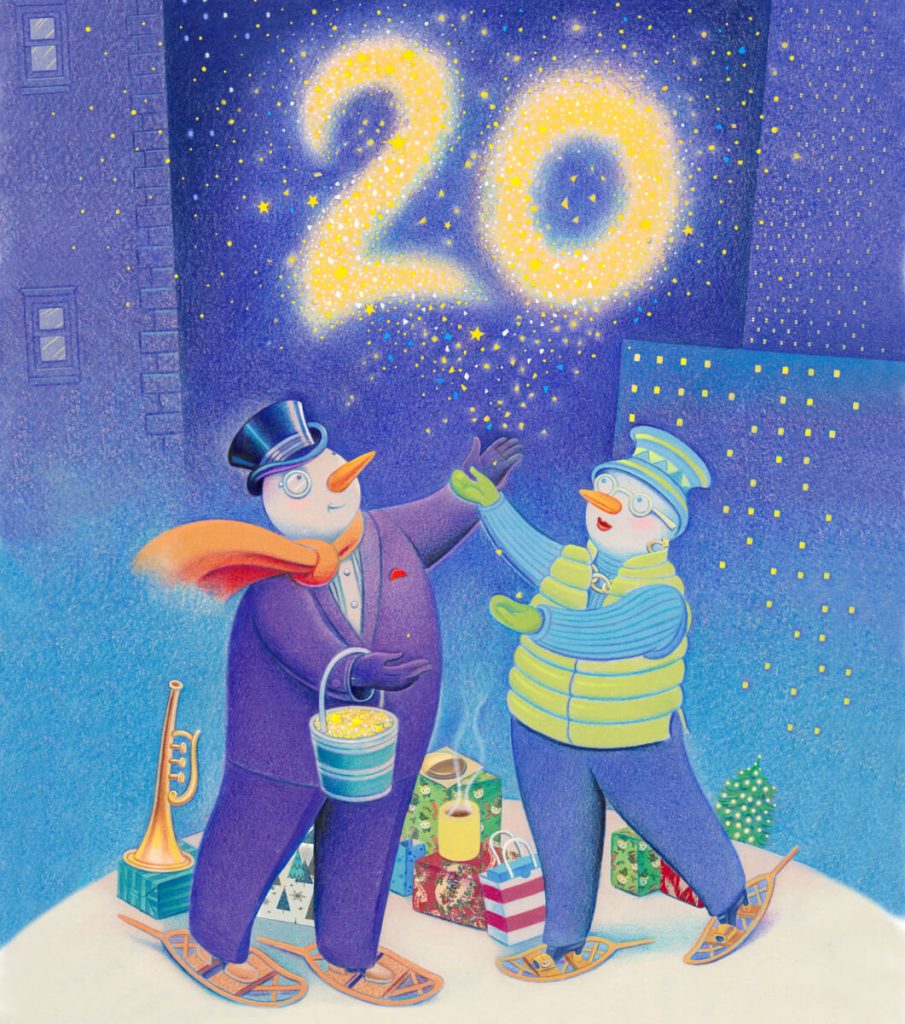Dante Park (63rd St. and Broadway)
Dante Park and the parcel to its north, Richard Tucker Park were at one time jointly known as Empire Park. These parks were eventually separated into “Empire Park North” and “Empire Park South.” Empire Park South was officially renamed Dante Park in 1921. The bronze sculpture of Dante Alighieri commemorates the 500th anniversary of the death of the Italian poet best known for his masterpiece The Divine Comedy, which tells the tale of the poet’s journey from Hell to Heaven, presenting a changeless universe ordered by God. The New York branch of the Dante Alighieri Society and Carlo Barsotti, editor of Il Progresso, the first Italian daily newspaper in the United States, raised funds for the statue, which was sculpted by Ettore Ximenes. At the northern end of the park, Time Sculpture provides a contemporary update to the tradition of pedestrian and town square clocks that dot New York City. The bronze clock features faces oriented to the west, north and southeast. Installed in 1999, it was designed by Philip Johnson, one of the principal architects of the Lincoln Center campus across the street. Dante Park’s visitors today can enjoy moveable tables, chairs and umbrellas, planters provided and maintained by the BID, as well as a permanent way-finding kiosk and one of the BID’s mobile neighborhood information carousels.
Richard Tucker Park (66th St. and Broadway)
First known as “Lincoln Square,” then later as “Empire Park North,” the small park was renamed in honor of the renowned tenor and Brooklyn Native Richard Tucker in 1980. Tucker, who enjoyed a thirty-year career with the Metropolitan opera, specialized in Italian operatic work. A bronze portrait bust of Tucker, sculpted by Milton Hebald and unveiled in 1979, sits atop a granite plinth listing the titles of the 31 operas in which Tucker performed. Today’s amenities at Richard Tucker Park, which the BID provides and maintains with support from the Tucker Family and Foundation, include moveable tables, chairs and umbrellas, planters, a permanent way-finding kiosk, one of the BID’s mobile information carousels, and a year-round bi-weekly Greenmarket.


